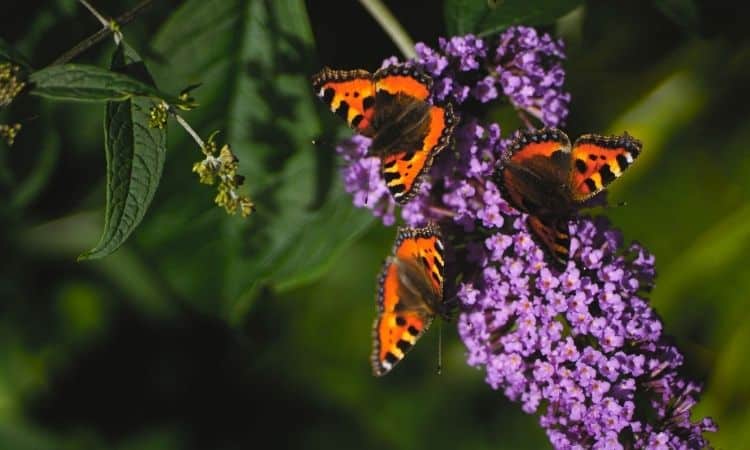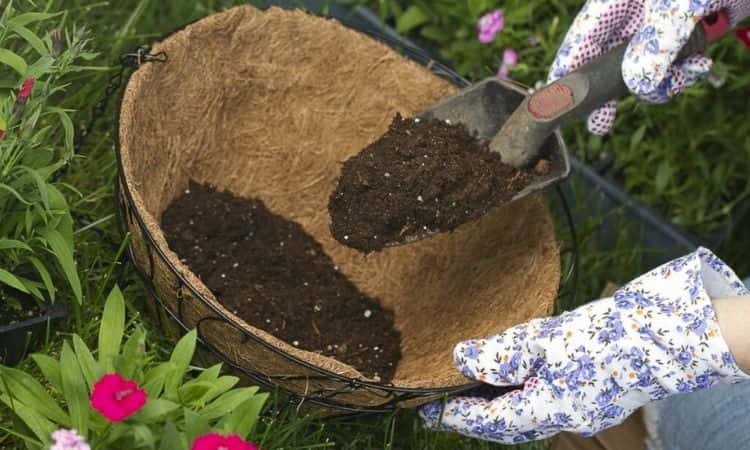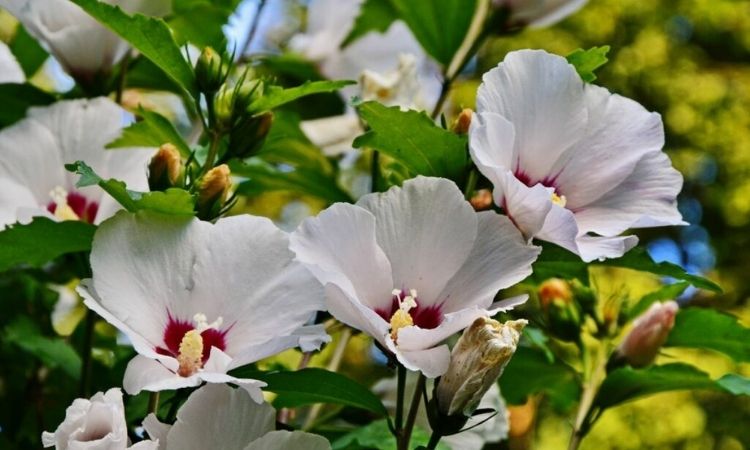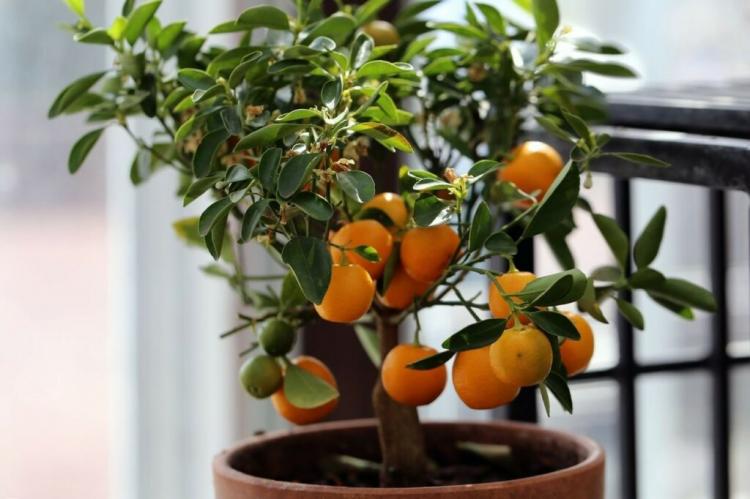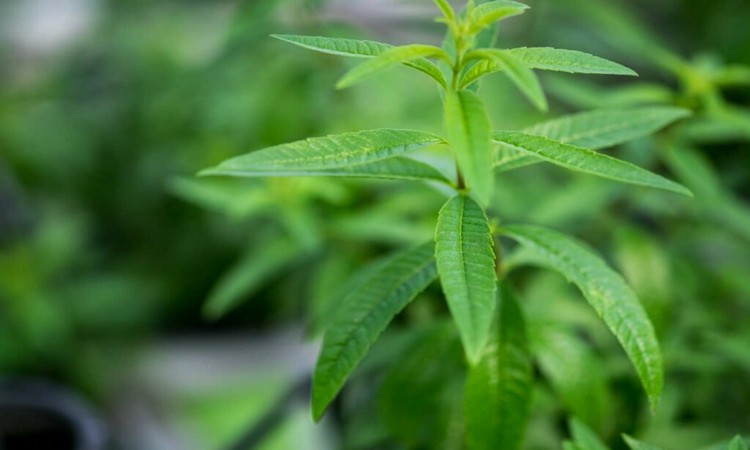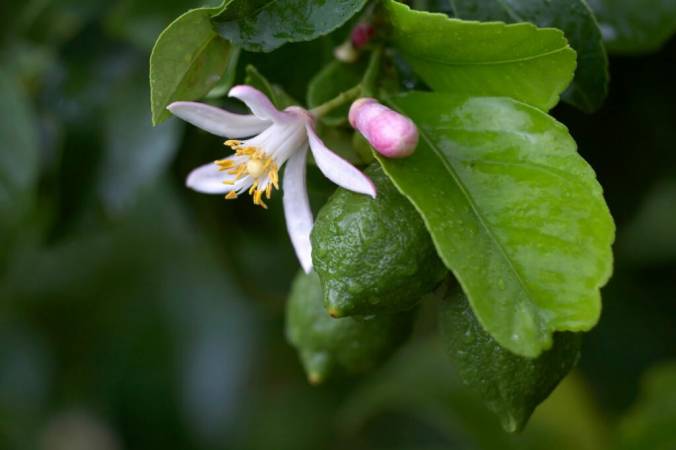How To Grow Pak Choi: This Is How You Can Sow In The Garden
Growing pak choi in your own garden: We present suitable varieties and give tips and tricks from sowing, through care and fertilization, to harvest. Pak Choi ( Brassica rapa subsp. Chinensis ) has a lot in common with stalked chard ( Beta vulgaris subsp . Vulgaris ) but belongs to the cabbage family ( Brassicaceae ). Like Chinese cabbage ( Brassica rapa subsp. Pekinensis ), the Pak Choi also comes from East Asia.
This has given him the name “Chinese chard” or “Chinese mustard” in English. The largest cultivation areas in the world are also located in Asia. In Europe, this healthy variety of cabbage is grown on a larger scale in Dutch greenhouses all year round. In summer, this unusual vegetable can also be found out in the open in the fields of vegetable growers. The main differences between the different types are in size, shape, and color.
Our article on Pak Choi varieties provides an overview of the best varieties for growing at home. As it grows, the leaves of the cabbage plant gradually form a circular rosette. For most types of cabbage, lignified stems and coarse foliage are disposed of before cooking or used as rabbit food. The tender, juicy Pak Choi, on the other hand, is almost completely suitable for consumption.
Pak Choi cultivation: planting and site conditions
Table of Contents
The Pak Choi also thrives very well in our latitudes, it grows quickly and is ready for harvest after six to eight weeks. A distinction is made between direct sowing and planting young plants. In the following, you will learn everything about the site conditions and the planting of Pak Choi.
The ideal location for Pak Choi
Just like the Chinese cabbage, the pak choi prefers a sandy loam soil that is loose and easy to root and that stores moisture well. Pak Choi needs a lot of water and a mild climate to grow well. Brassica hernia is a big problem with this Asian vegetable, so pak choi should never be grown directly after other cabbage plants. A varied crop rotation with many different types of vegetables is the best protection against diseases.
Pak Choi sowing and planting
From the beginning to the middle of July, Pak Choi is sown directly in the bed or the balcony box. The round seeds are placed half a centimeter to a centimeter deep in the ground. By the way, organic tomato and vegetable soil are ideal for pak choi, as its balanced nutrient content ensures that the Asian delicacies are well supplied in the early days. The contained compost content also stores moisture for the thirsty plants in hot summer months. It should always be kept moist until germination. After about three weeks, the plants are separated at a distance of about 25 centimeters to give them enough space to grow.
You Might So like: Bottlebrushes (Callistemon): Everything To Plant And Care
Up until the end of July, young plants that have already been grown can also be planted in the ground. To do this, sowing must be carried out at the end of April. The young plants should either be grown in a protected place on the warm window sill or in the greenhouse. A distance of 25 x 25 centimeters should be observed when planting the pak choi. It is advisable to add some compost to the planting and to mulch the Pak Choi. It is important that there is always sufficient moisture available. Regular watering makes sense in midsummer.
Summary of planting pak choi:
In midsummer, it is time to sow or plant pak choi. We have summarized everything important for you.
- From early to mid-July, direct sowing into the ground, up to 1 centimeter deep.
- After three weeks, separate the plants at a distance of 25 centimeters.
- Alternatively, set early young plants sown at the end of April at a distance of 25 x 25 centimeters by the end of July.
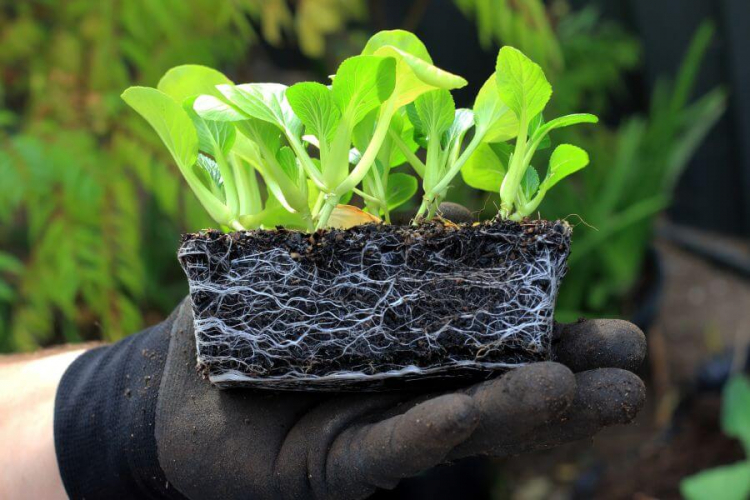
Suitable types of pak choi for growing in the garden
The mini pak choi varieties, for example ‘Extra Dwarf’ or the green-stemmed varieties ‘Mei Qing Choi’ and ‘Hong Tae’, which can be harvested very quickly and produce easily processable quantities, are particularly suitable for growing in the garden or in the balcony box. Those who like to harvest larger pak choi can use the bulletproof varieties such as ‘Joi Choi F1’ or ‘Tai Sai’.
Snap-resistant means that the plant will not flower and will instead produce a lot of leaves. When temperatures and weather fluctuate, the Pak Choi likes to start blooming and you hardly ever harvest juicy stems and leaves. Therefore, the bolt-resistant varieties are particularly worthwhile in the home garden. The red-leaved Pak Choi ‘Arax’ with green stems is also a special eye-catcher.
You Might So Like: Angel’s Trumpet Plant: Overwintering, Multiplying, And Cutting Of Brugmansia
Harvest pak choi
Pak Choi can basically be harvested of any size, depending on the variety, the plants can weigh between 500 and 1500 grams. Waiting for rewards the Pak Choi with its rapid growth. Mini Pak Choi is harvested around 50 to 60 days after sowing, the larger varieties around 70 days after sowing. A Pak Choi sown in July can therefore be harvested at its maximum size from the middle to the end of September. You can harvest the entire plant at once or cut the leaves you need from the outside in, as needed.

